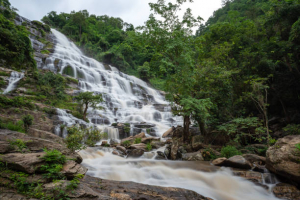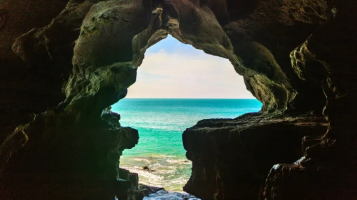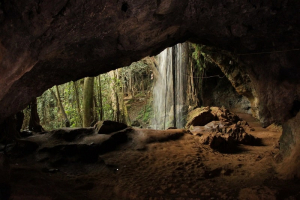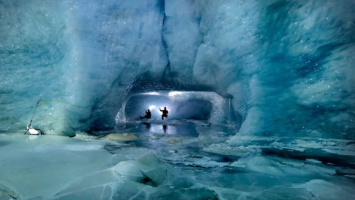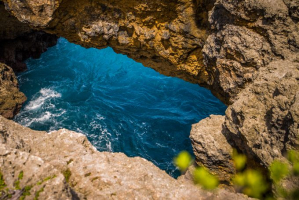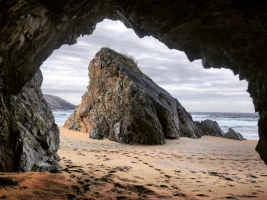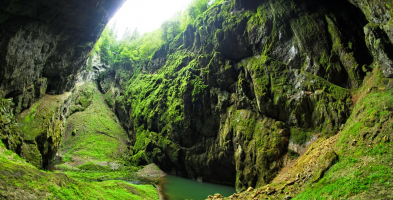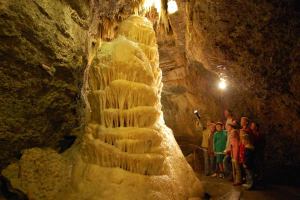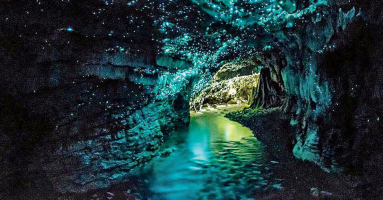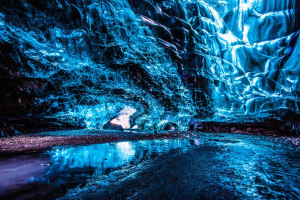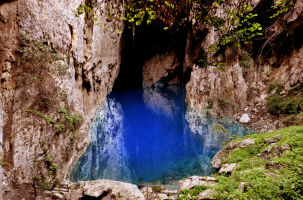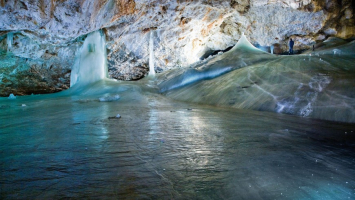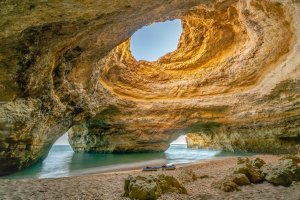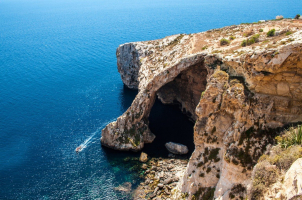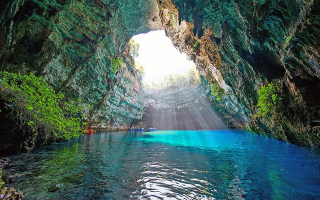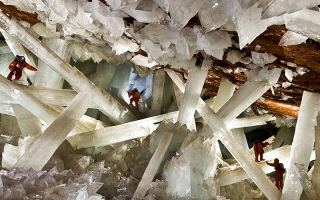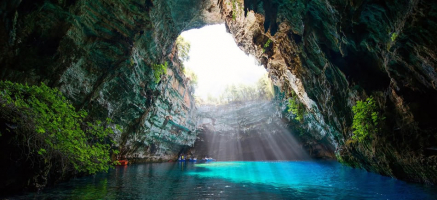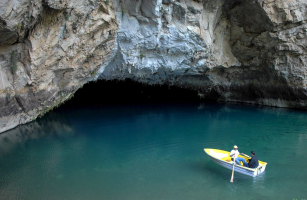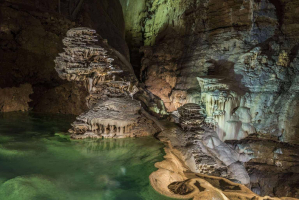Top 5 Most Beautiful Caves in Hungary
Natural wonders abound in Hungary, ranging from lakes, rivers, and forests to smaller or higher mountains, national parks, valleys, and plains. On the other ... read more...hand, we must not forget that treasures are usually buried beneath the ground, and there are small and large cave systems in Hungary that you should not miss. The Most Beautiful Caves in Hungary are listed below.
-
The geographically connected Aggtelek and Slovakian karst consists of 1200 known caves, 280 of which are open on the Hungarian side. Aggtelek and Slovakian are one of the Most Beautiful Caves in Hungary. These caves formed approximately 2 million years ago within the 220–240 million-year-old Middle Triassic limestone. The majority of the formations were formed by the action of flowing water on the limestone, which acted as a solvent and abrasive. Many people believe that some of these caves were even known and discovered by ancient humans.
The Aggtelek National Park is located in the Gömör-Torna Karst region, which is rich in natural and cultural resources. It is Hungary's first national park dedicated to the preservation of abiotic values, superficial land formations, and caves. The caves of the Aggtelek Karst and the Slovak Karst were inscribed on the UNESCO World Heritage List in 1995. This UNESCO World Heritage site is made up of seven parts. In Hungary, they are Aggtelek, Szendr-Rudabánya Hill, and Esztramos Hill, and in Slovakia, they are Dobiná Ice Cave, Koniar plateau, Pleivec plateau, and the Silica and Jasov neighborhood.
Location: the border of Hungary and Slovakia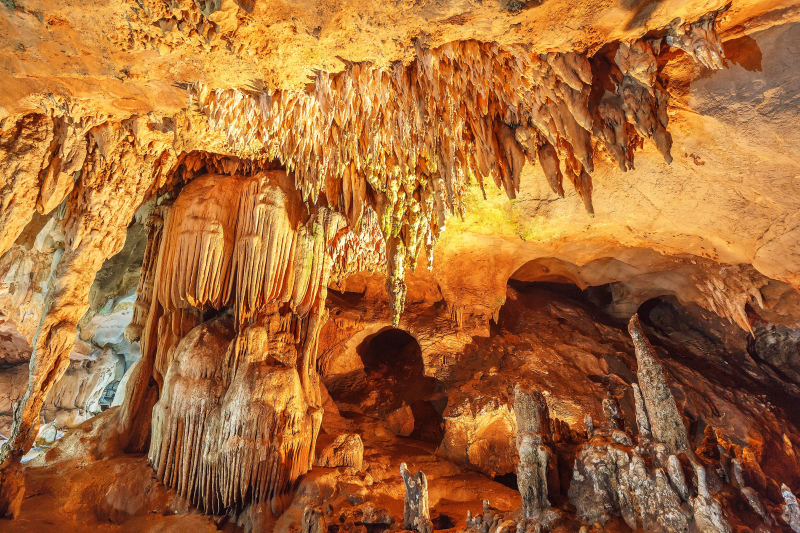
itinari.com 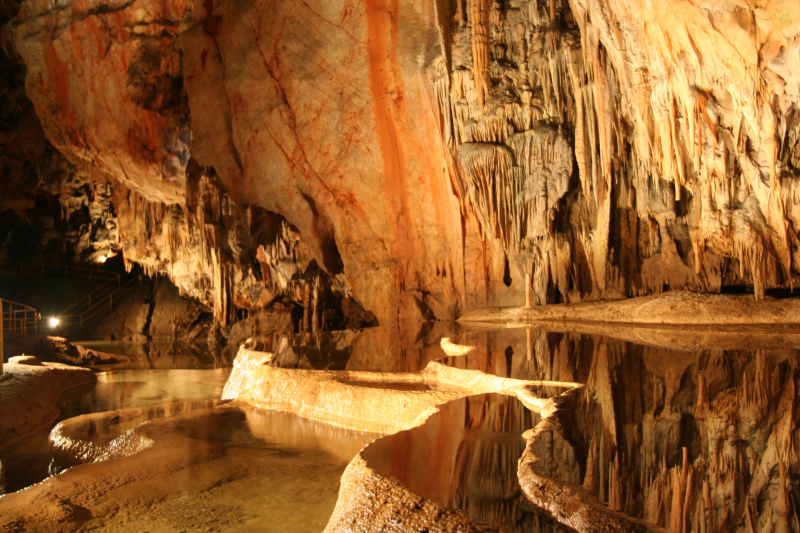
itinari.com -
The cave of Pál-völgy is part of the country's longest cave system and is one of the Most Beautiful Caves in Hungary. For over 500 years, it has been open to the public. A 500-metre cave tour reveals information about dripstones, rock formations, and the cave's history. Visitors can explore the enigmatic Fairyland and the Witches' Kitchen. Budapest is known as the "City of Caves," and this is not by chance. This is the world's only capital built on cavern systems. The number of caves discovered exceeds 200, not counting those yet to be discovered.
The cave was formed 40 million years ago during the Eocene Epoch. Eocene limestone is composed of calcareous remains of marine organisms that accumulated on the ancient seafloor and lithified. When the water receded, bedrock emerged, causing cracks as a result of tectonic movements. Finally, rising thermal water dissolved rock, forming voids and passages. The Pál-völgy Cave was discovered in a quarry near Szépvölgyi Street in 1904. According to legend, the first void was discovered when the ground gave way beneath a grazing sheep.
Location: Budapest, Hungary
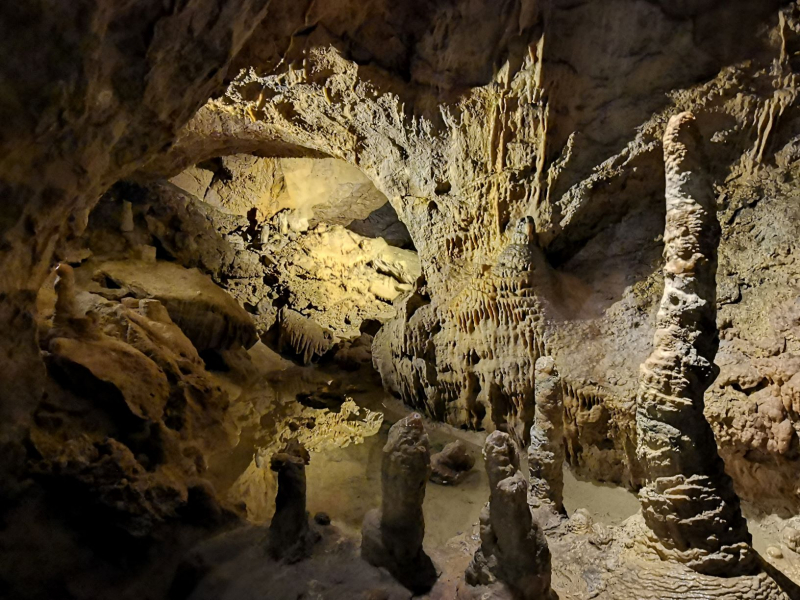
outdooractive.com 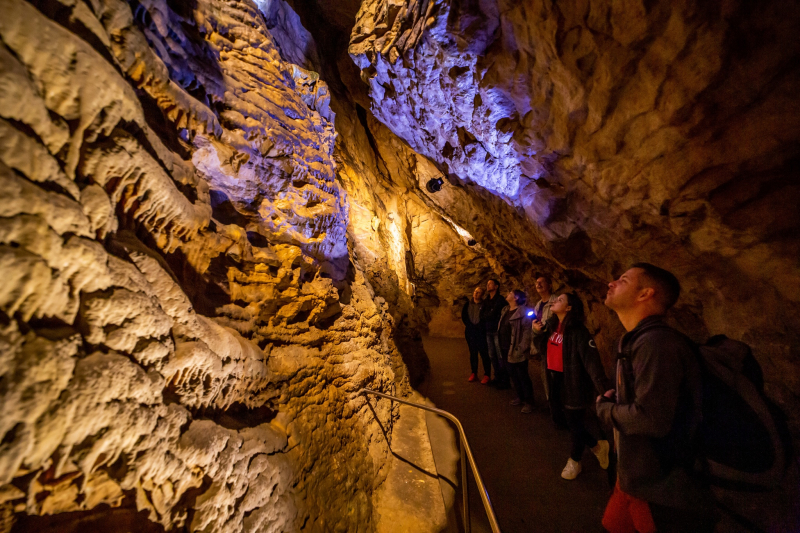
outdooractive.com -
The well-protected cave on Szemlő Hill in the Buda Mountains has been transformed to serve touristic purposes, and it can now be visited by wheelchairs and strollers. The cave is 2230 meters long and expands horizontally by 50 meters. The tour is 250 meters long and is made up of pathways and stairs. Quarrymen discovered the cave in 1930. Examinations revealed that stone roses and peastones adorn the walls made of aragonite, which exudes from hot water. This indicated the cave's thermal spring origin, which is therapeutic and cures respiratory diseases. It greets visitors with unusual sights such as orb cabins and kettles, mineral exudes, yellowish-white peastones, calcite plates, white plaster, acicular aragonite, and smaller dripstone formations.
A sinking ship among ice floats and a swimming ice bear can be found in the first hall. Virágoskert (Flower Garden), one of the cave's most natural areas, was formed over time from peastones and cauliflowers. The most impressive part of the tour, however, may be the riás-folyosó (Huge Corridor), which is known for its enormous size.
Location: Budapest, Hungary
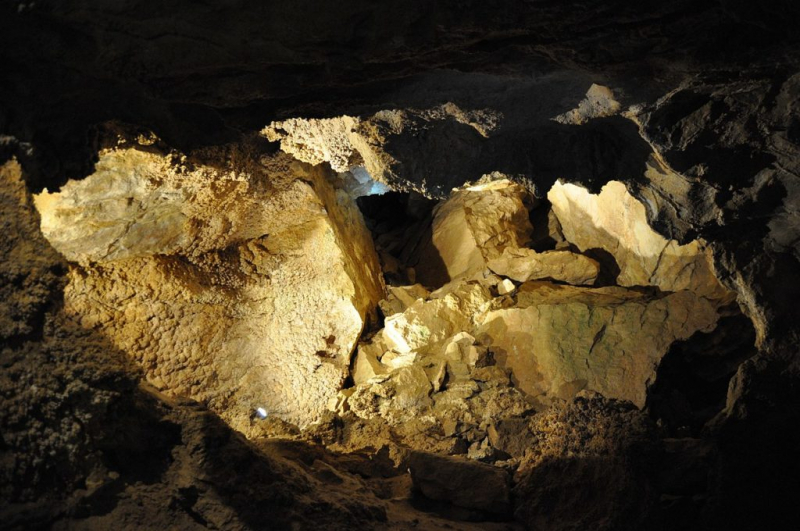
dailynewshungary.com 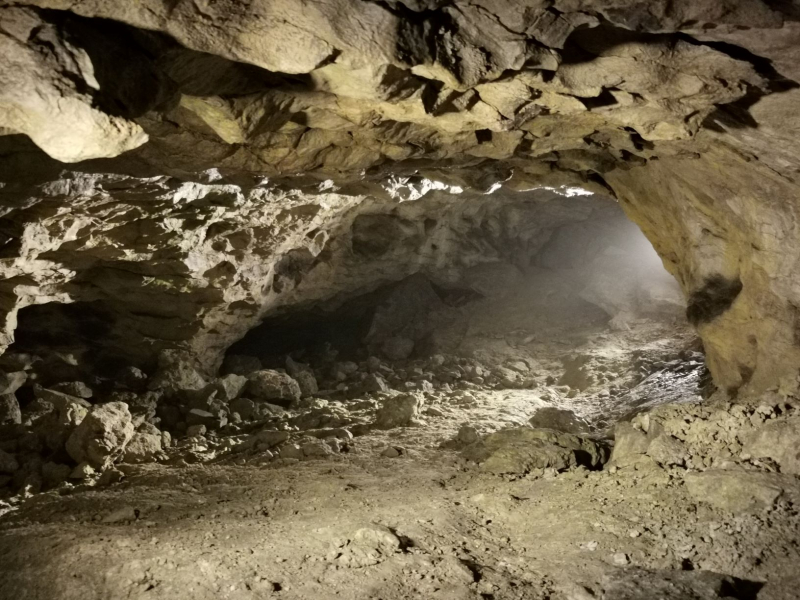
dailynewshungary.com -
The largest and most well-known cave in the Mecsek Mountains is Abaligeti-barlang (Abaliget cave). It is a show cave, a popular excursion destination, and a speleotherapy site. The cave system is 1,750 meters long and is made up of a central passage and two side passages. The cave is accessed via a 38m long and 6m wide active cave passage and is one of the Most Beautiful Caves in Hungary. The water in this passage is 75cm deep. The walls exhibit spectacular corrosive and erosive forms, but few speleothems. The following main passage, which is full of impressive dripstones, completely changes this.
The Great Hall, with its fine speleothems, is the highlight. The Denevérmzeum (Bat Museum) is located at the cave's entrance. This museum is also a bat research station, devoted to the study of local bats. In the cave, 41 different bat species were discovered, with 19 of them living there permanently. The most common bats are the Lesser Horseshoe Bat (Rhinolophus Hipposideros) and the Greater Horseshoe Bat (Rhinolophus Hipposideros) (Rhinolophus ferrumequinum). Both are listed on the International Union for the Conservation of Nature's Red List of Threatened Species. Since 1923, researchers have been studying bats at this location. The most famous Troglobiont in Abaliget is Stenasellus hungaricus, a blind crab.
Location: Abaliget, Hungary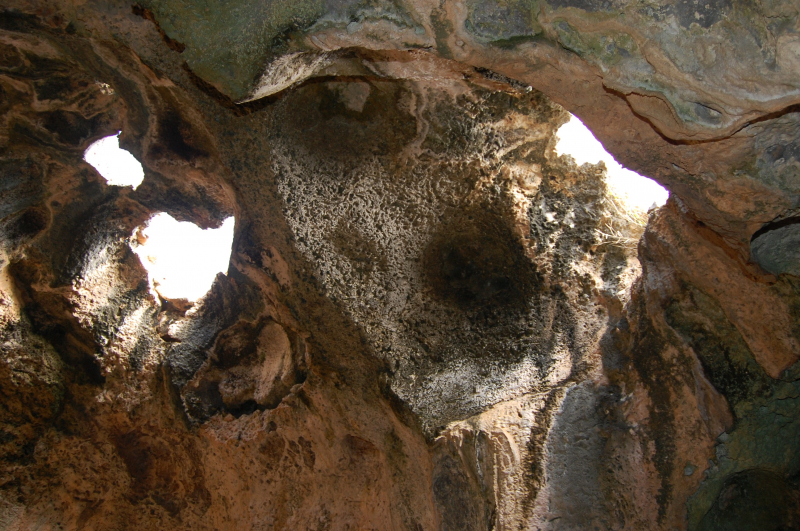
commons.wikimedia.org 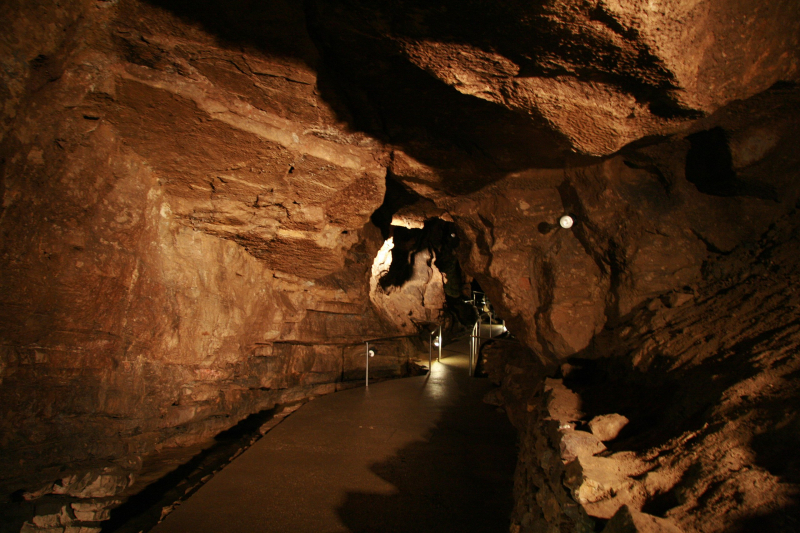
commons.wikimedia.org -
The Tapolca cave system is one of the Most Beautiful Caves in Hungary and is extremely well-protected, which comes as no surprise. Tapolca Lake Cave, Hospital Cave, and Károly Berger Cave comprise the cave system. Surprisingly, it is the Tapolca Basin's longest cave system and the country's fourth longest cave.
In 1902, the cave was discovered. When the ground collapsed and a smaller hole formed, an intact well was drilled on the site of a simple baker. They deliberated for a long time about what to do, until one of the smaller workers, overcome by curiosity, summoned the courage to climb through the hole. After a while, several people followed him and discovered that they were in the hall of a massive cave with a ceiling height of 5-6 meters. What happened after that is history. You will need your arms rather than your legs to explore this cave. This is the only cave in Hungary and Central Europe that can be seen from a boat. The sailing trail is 300 meters long, and the cave temperature is 20 degrees Celsius.
Location: the Northern side of Lake Balaton, Hungary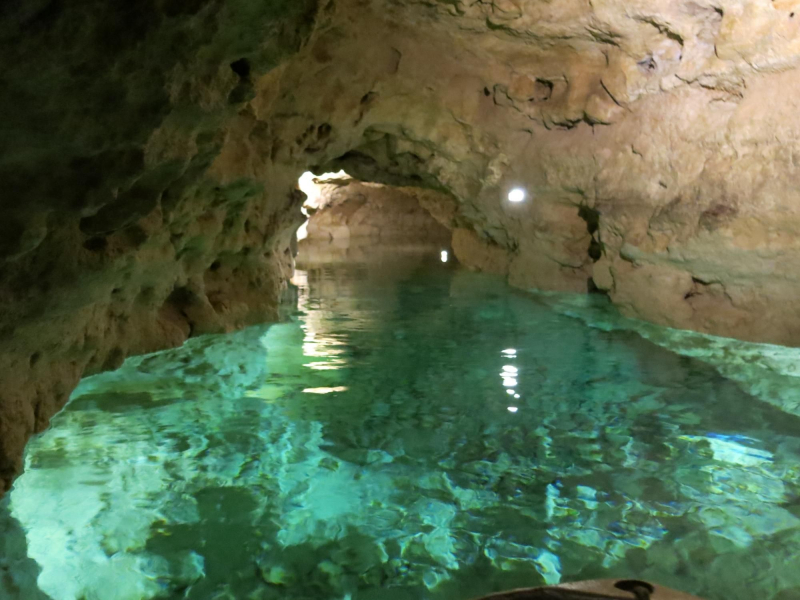
itinari.com 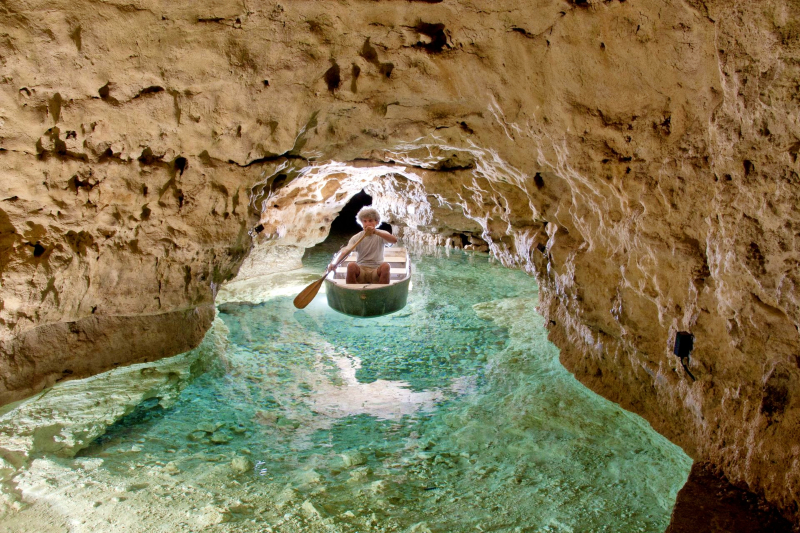
itinari.com







